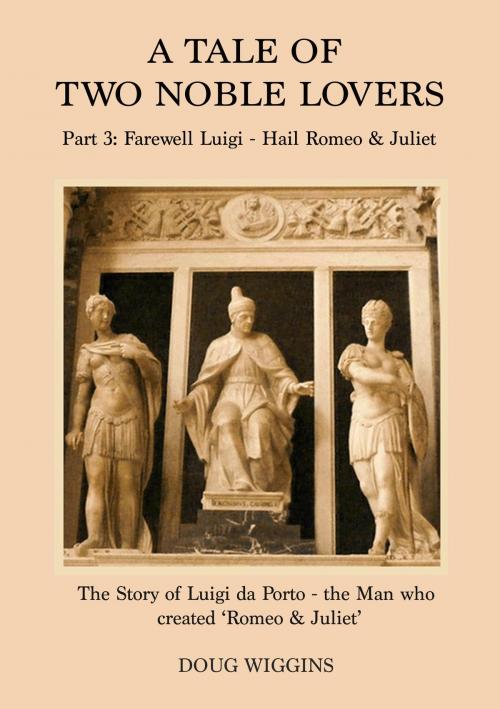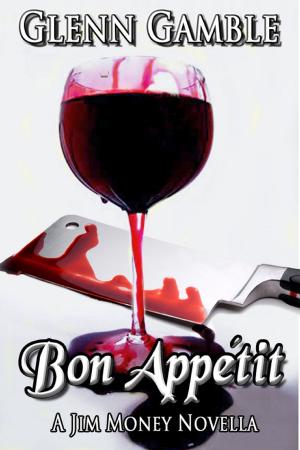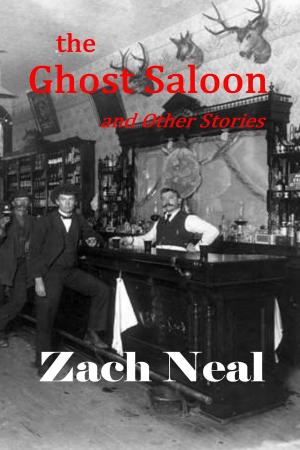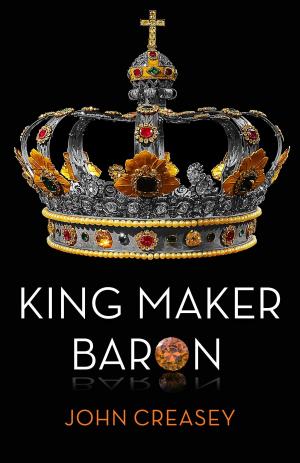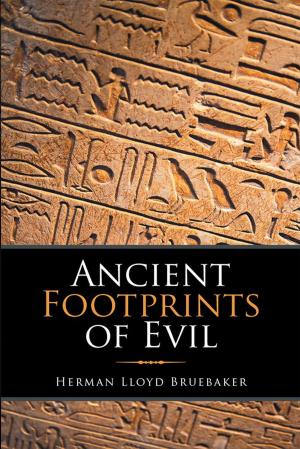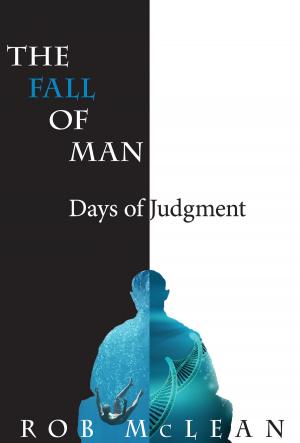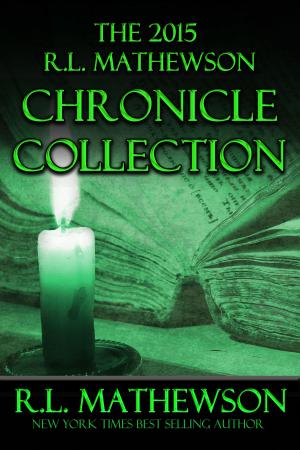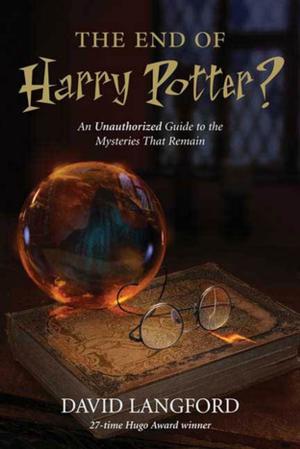| Author: | DOUG WIGGINS | ISBN: | 9780995449329 |
| Publisher: | STRONG & BOLD PUBLISHING | Publication: | May 30, 2017 |
| Imprint: | Language: | English |
| Author: | DOUG WIGGINS |
| ISBN: | 9780995449329 |
| Publisher: | STRONG & BOLD PUBLISHING |
| Publication: | May 30, 2017 |
| Imprint: | |
| Language: | English |
This is Part 3 of the story of Luigi Da Porto, the man who created ‘Romeo and Juliet’. This historical novel is set in Friuli and Venice in the early sixteenth century and tells the story of Luigi Da Porto’s love affair with Lucina Savorgnan and the events that influenced the creation of his novella entitled ‘Guilietta, a tale of two noble lovers’. That novella was the inspiration for Shakespeare’s ‘Romeo & Juliet’.
In Parts 1 & 2 we followed Luigi Da Porto's life and the interesting times he lived in from his departure as a soldier and military tactician to a man wracked by sorrow at his losses in life, both mental and physical. His world is a picture of Venice at the height of its powers, involved in a war that could have seen the end of the Venetian Republic, through personal highs and lows and the pain of serious battle injuries. We saw him through the loss of the love of his life, the beautiful Lucina Savorgnan and his fall into depression. In this final part of the story we see him finish his novella of Romeo and Juliet and see the other characters deal with the changing times. Enjoy being taken to a time of wonder in the “Serene Republic of Venice”, the pomp and ceremony, but also the gritty underside of life in the first part of the 16th century.
This is Part 3 of the story of Luigi Da Porto, the man who created ‘Romeo and Juliet’. This historical novel is set in Friuli and Venice in the early sixteenth century and tells the story of Luigi Da Porto’s love affair with Lucina Savorgnan and the events that influenced the creation of his novella entitled ‘Guilietta, a tale of two noble lovers’. That novella was the inspiration for Shakespeare’s ‘Romeo & Juliet’.
In Parts 1 & 2 we followed Luigi Da Porto's life and the interesting times he lived in from his departure as a soldier and military tactician to a man wracked by sorrow at his losses in life, both mental and physical. His world is a picture of Venice at the height of its powers, involved in a war that could have seen the end of the Venetian Republic, through personal highs and lows and the pain of serious battle injuries. We saw him through the loss of the love of his life, the beautiful Lucina Savorgnan and his fall into depression. In this final part of the story we see him finish his novella of Romeo and Juliet and see the other characters deal with the changing times. Enjoy being taken to a time of wonder in the “Serene Republic of Venice”, the pomp and ceremony, but also the gritty underside of life in the first part of the 16th century.
